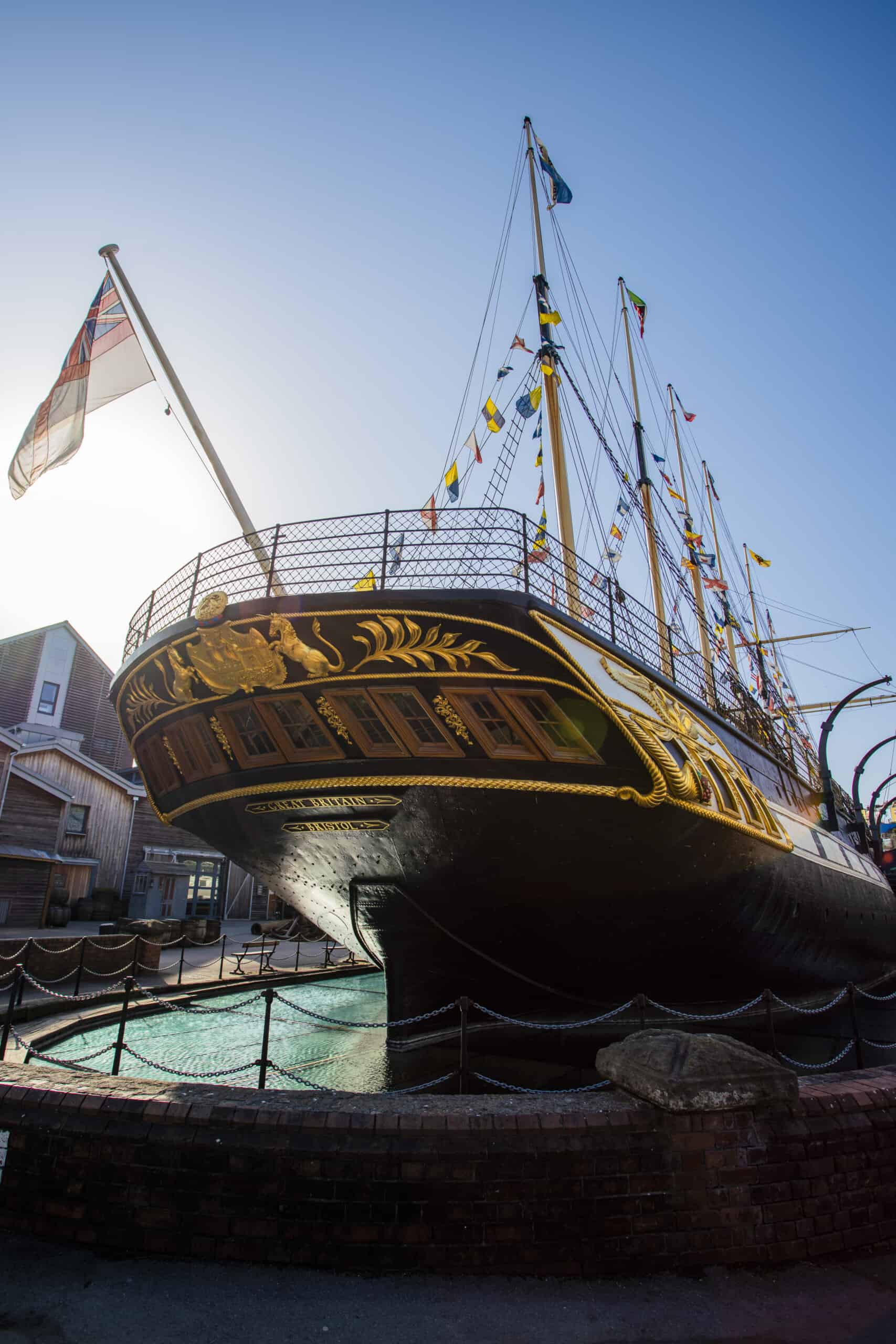A storm was brewing on the evening of 25 October 1859, when the famously fast Royal Charter left Ireland for Liverpool to complete her 60-day return voyage from Australia. As the ship entered the Irish Sea the winds quickly rose to hurricane force, pushing her against the rocky coast of Anglesey, Wales. The ship was a complete wreck. Only 39 of the passengers and crew aboard were saved and more than 400 lost their lives. The Royal Charter was sailing at the peak of the Gold Rush and the ship was laden with gold. Many passengers had been carrying a fortune. A treasure of gold nuggets and jewellery sunk to the seafloor along with everyday objects such as walking sticks, spoons and cups. These objects give us a snapshot of what life was like aboard the ship.
Not all of the objects recently catalogued in this collection are immediately remarkable, but they all have a rare poignancy. Two of my favourite objects are a metal picture frame and a ring.
The picture frame is bent, broken at the edge, and tarnished. We can never know what picture was kept within this delicate oval frame. Perhaps it was a photograph of a loved one. Many passengers aboard the Royal Charter were returning home to reunite with family after months or often years apart. A portrait of a wife or a child would have been a treasured possession for these passengers and crew.
A particularly intriguing ring is also part of the collection. It too bears evidence of an age spent underwater. It was once set with a rectangular stone, which has been worn almost completely away. A golden serpent surrounds the stone, its head and tail connecting at top centre. The symbol of the Ouroboros, the serpent eating its own tail dating back to ancient Egypt, is thought to represent the circle of life, destruction, and death.
The objects recovered from the wreck of the Royal Charter help us to better understand what life was like for passengers aboard a Victorian emigrant ship; the great opportunities and the terrible dangers they faced.
You can discover the stories of its life and tragic end by exploring the display of objects from the ship in the Brunel Institute. You can also learn more about the wreck of the Royal Charter with a free tour of the Brunel Institute.
Author: Erika Smits, Placement Student from University of the West of England



